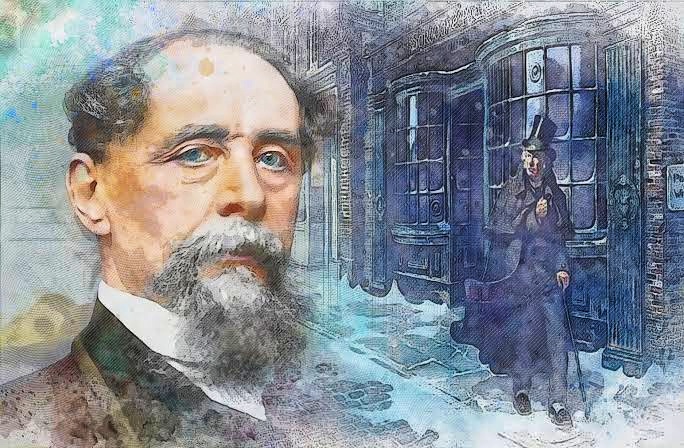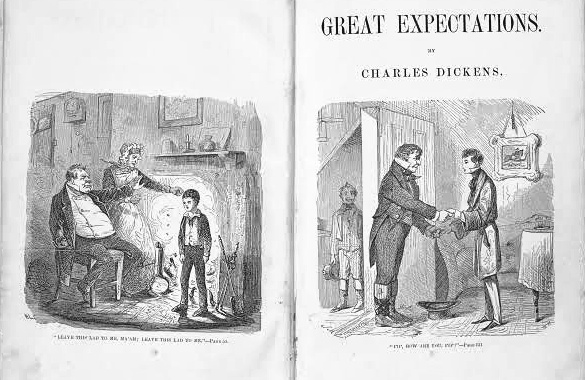Charles Dickens’s Great Expectations makes much use of metaphor, intertwined with folk and religious parables, in order to create much of the imagery in the text. Discuss.

Charles Dickens‘s Great Expectations is a novel that is heavily imbued with metaphor, folk tales, and religious parables, which create vivid and powerful imagery throughout the text. These literary devices help to convey complex themes and ideas in a way that is accessible to readers, while also adding depth and richness to the story. In this essay, I will examine how Dickens uses metaphor, folk tales, and religious parables in Great Expectations to create imagery and convey meaning.
Metaphor is a literary device that involves the comparison of two unlike things in order to create a vivid image in the reader’s mind. Throughout Great Expectations, Dickens uses metaphor to create striking and memorable images. For example, in the opening scene, he compares the mist on the marshes to a “great cake,” which creates an image of a thick, heavy, and oppressive atmosphere that engulfs the characters. Similarly, when Pip first sees Miss Havisham, he describes her as a “ghastly waxwork,” which conveys her eerie appearance and the fact that she is frozen in time, unable to move on from her past.
Another example of Dickens’s use of metaphor can be seen in the character of Magwitch. Magwitch is described as a “wretched hound,” which creates an image of a beaten and broken animal. This metaphor emphasizes Magwitch’s poverty, isolation, and vulnerability, which makes him a sympathetic character despite his criminal past. Additionally, Magwitch’s description as a “hound” also suggests his loyalty and devotion to Pip, which is a central theme in the novel.
Folk tales and myths are also used in Great Expectations to create imagery and convey meaning. Dickens draws on a variety of folk tales and myths, such as the story of King Arthur and the legend of the Wandering Jew. These stories are woven into the narrative and serve to deepen the themes and motifs of the novel.
One example of a folk tale used in Great Expectations is the story of the Wandering Jew. The Wandering Jew is a mythical figure who is cursed to wander the earth until the second coming of Christ. In the novel, Compeyson is compared to the Wandering Jew, as he is constantly on the move and unable to settle down. This metaphor emphasizes Compeyson’s lack of moral grounding and his inability to find peace and redemption.
Religious parables are also used in Great Expectations to create imagery and convey meaning. Dickens was deeply interested in religion and morality, and his novels often reflect this interest. In Great Expectations, he uses religious parables to explore themes of guilt, redemption, and forgiveness.
One example of a religious parable used in the novel is the story of the Prodigal Son. The Prodigal Son is a parable from the Bible about a son who squanders his inheritance and returns to his father, seeking forgiveness. In Great Expectations, Pip can be seen as a modern-day Prodigal Son, as he squanders his fortune and eventually returns to his hometown seeking redemption. The parable emphasizes the themes of forgiveness and second chances, which are central to the novel.
In conclusion, Charles Dickens’s Great Expectations makes extensive use of metaphor, folk tales, and religious parables in order to create powerful imagery and convey complex themes and ideas. These literary devices are woven into the narrative in a way that is seamless and natural, and they help to deepen the reader’s understanding of the characters and their motivations. Dickens’s skillful use of metaphor, folk tales, and religious parables is one of the many reasons why Great Expectations continues to be a beloved and enduring classic of English literature.
*****
Read More: Macbeth by William Shakespeare

